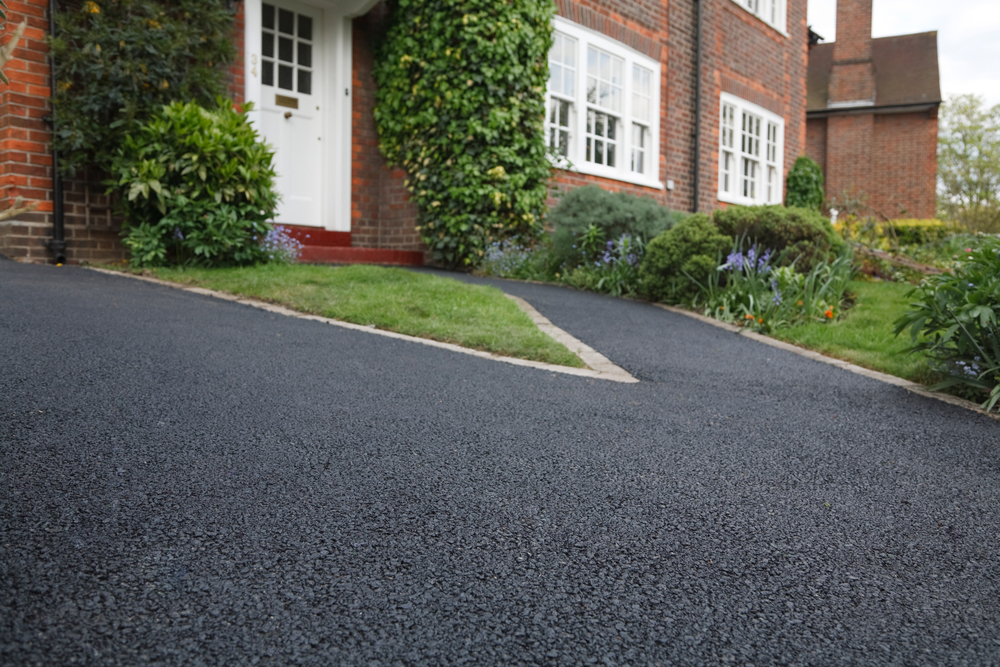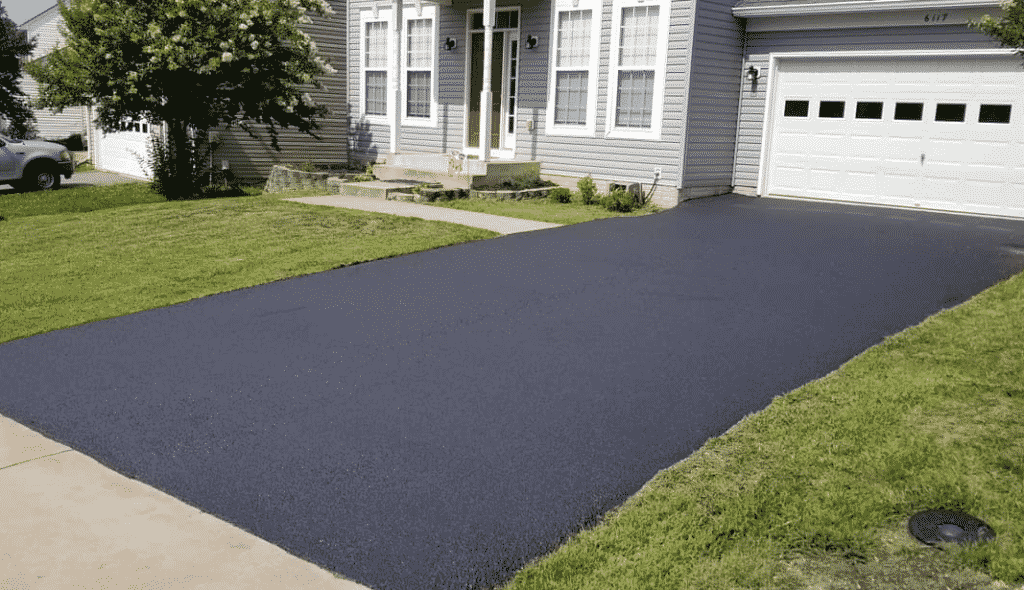Renew Angle Parking Lots: Asphalt Sealing Approaches Disclosed
Wiki Article
Cold Mix Asphalt Vs. Hot Mix Asphalt: Which Is Right for You?

Make-up Differences
Cold mix and warm mix asphalts differ substantially in their composition, with distinctive qualities that affect their efficiency and applications. Cold mix asphalt is produced by emulsifying the asphalt binder with water and an emulsifying agent before mixing it with aggregate. This method permits the asphalt to be convenient at reduced temperatures, making it excellent for momentary repair work and for use in cooler climate condition. Hot mix asphalt, on the various other hand, is made at heats, usually between 300-350 ° F, which assists to attain better compaction and a more long lasting final item. The warm mix asphalt manufacturing procedure involves heating up the accumulation and asphalt binder individually prior to incorporating them at the asphalt plant.
Moreover, cool mix asphalt has a tendency to be much less thick and extra adaptable than warm mix asphalt. This flexibility makes it much better fit for areas with greater degrees of motion, such as driveways or roads with heavy website traffic. In contrast, hot mix asphalt is known for its high longevity and resistance to rutting and fracturing, making it a recommended selection for freeways and high-traffic roads where durability is important.
Installation Process Differences
The process of installing cool mix and hot mix asphalt displays remarkable variances in their procedures and demands. In contrast, warm mix asphalt demands a much more intricate installation process. Due to the heating needs, warm mix asphalt installations are normally carried out by specialists with specific devices, guaranteeing a much more irreversible and structurally sound outcome.Sturdiness and Longevity Elements
When thinking about asphalt alternatives, resilience and durability are vital variables to evaluate for long-term pavement performance. Warm mix asphalt (HMA) is recognized for its exceptional resilience and long life. The high temperature levels throughout the laying and mixing process permit far better compaction, resulting in a denser and stronger pavement structure. This results in HMA being much more resistant to rush hour lots, rough weather, and the impacts of maturing contrasted to chilly mix asphalt (CMA)
In terms of long life, HMA normally exceeds CMA due to its remarkable stamina and resistance buildings. HMA pavements have a longer solution life, needing much less frequent fixings and maintenance, which can convert to cost financial savings in the lengthy run. Additionally, HMA sidewalks are more quickly adjustable to meet certain task requirements, better improving their resilience.
Price Considerations
Taking into consideration the financial implications is a crucial element when evaluating the choice in between hot mix asphalt (HMA) and cold mix asphalt (CMA) for sidewalk tasks. While the first cost of hot mix asphalt is typically greater than that of cool mix asphalt, HMA commonly offers an extra cost-effective service in the future as a result of its superior resilience and durability. HMA is recognized for its capacity to endure hefty website traffic loads and extreme weather conditions, decreasing the requirement for constant fixings and maintenance. On the other hand, chilly mix asphalt is extra cost effective ahead of time but may need more regular patching and resurfacing, causing greater upkeep prices with time.In addition to product costs, it's important to take into consideration the costs linked with installation and upkeep when comparing HMA and CMA. Inevitably, the decision in between HMA and CMA should take right into account not just the preliminary price but additionally the long-term economic implications to figure out the most cost-effective choice for the specific sidewalk project.
Environmental Impact Contrast
Comparison of the environmental impacts in between warm mix asphalt (HMA) and chilly mix asphalt (CMA) discloses distinctive distinctions in sustainability methods. HMA production requires high temperature levels, leading to raised power intake and greenhouse gas discharges.Additionally, the look at here usage of CMA usually entails reusing existing asphalt pavement, promoting resource preservation and lowering the quantity of waste sent to landfills. This recycling facet better improves the sustainability of CMA compared to HMA. Overall, when considering click here to find out more the environmental influence, CMA becomes a more environmentally lasting selection because of its lower power needs, reduced emissions, and the capacity for reusing existing products. By selecting CMA over HMA, road building jobs can add favorably to ecological conservation efforts.
Verdict
In conclusion, the selection in between chilly mix asphalt (CMA) and hot mix asphalt (HMA) relies on numerous variables such as make-up, installment procedure, longevity, long life, cost, and ecological impact. cold mix asphalt. While CMA supplies a quick and cost-efficient solution for minor fixings, HMA ensures remarkable durability and durability for heavy website traffic areas. Think about these aspects meticulously to determine which sort of asphalt is the right option for your paving needs

Taking into consideration the monetary implications is a vital aspect when assessing the selection in between hot mix asphalt (HMA) and cool mix asphalt (CMA) for sidewalk projects. While the preliminary price of warm mix asphalt is generally greater than that of cool mix asphalt, HMA frequently supplies a more cost-efficient solution in the long run due to its remarkable durability and longevity. angle parking.Contrast of the ecological influences between hot mix asphalt (HMA) and cold mix asphalt (CMA) reveals distinctive differences in sustainability practices.In final thought, the option between cold my website mix asphalt (CMA) and hot mix asphalt (HMA) depends on various elements such as composition, setup procedure, longevity, longevity, cost, and ecological impact
Report this wiki page